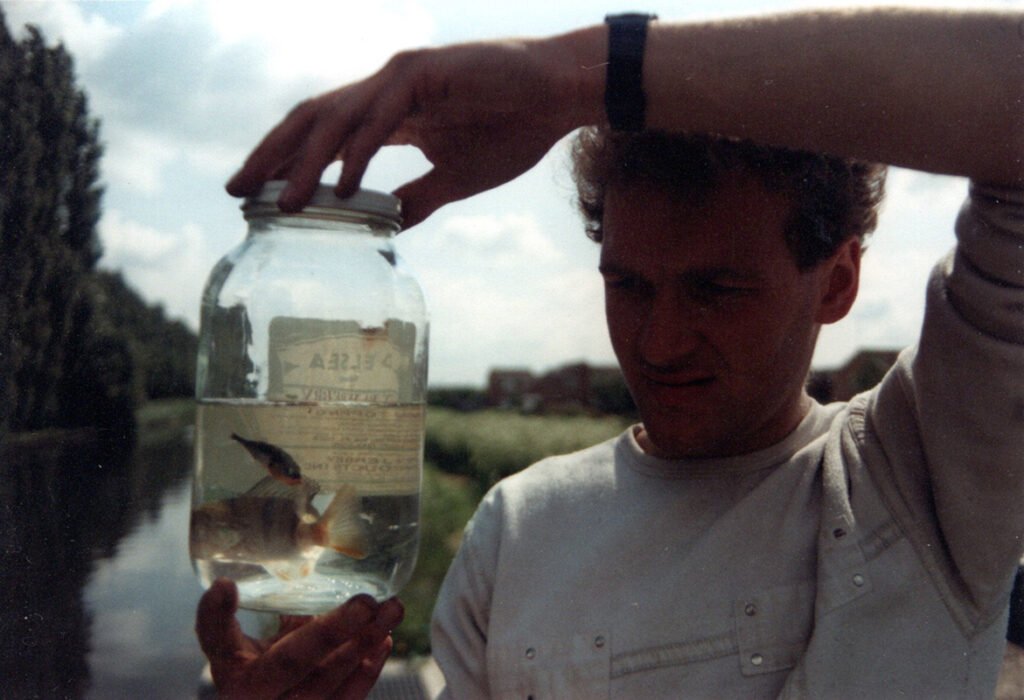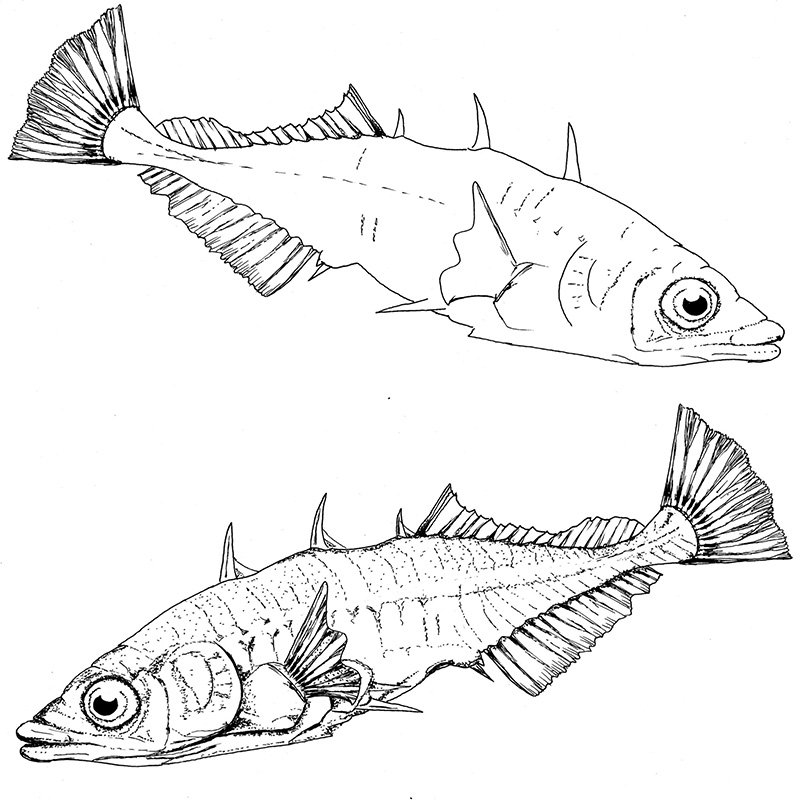It may be a tiddler, but the stickleback is Britain and Europe’s smallest and most widespread inland fish. They can live in cold, warm, fresh and salt water. Sticklebacks are real survivors and lie, or swim, at the very source of studies into animal behaviour and sentience.
10 Stickleback facts
- The three spined stickleback is actually the second smallest fish at up to 8cm long. The 10 (or nine; but it actually has anything from 7 to 12 spines) spined stickleback (Pungitius pungitius) is slightly smaller and more lightly built.
- The 15 spined stickleback (Spinachia spinachia) lives entirely in the sea.
- Male Sticklebacks build nests using plants and debris which they stick together with a glue that they exude like spider silk. They lure females to the nest by dancing. She lays her 300 or more eggs there and he shoos her away. He is one of the World’s few nest building fishes.
- Sticklebacks live in silvery shoals in winter (sometimes gathering in thousands). When spring is sprung the mature males go solo. They bloom into bright colours, including bright blue eyes, a red chin and chest and a bright red lining in his mouth.
- Sticklebacks are at home in ponds and canals but can also be migratory spending the winter in the sea and the summer in rivers
- Instead of scales, Sticklebacks have bony side-plates or scutes (like body armour). The scientific name, Gasterosteus, means bony stomach and honours those plates! You can identify the different forms and sub-species of sticklebacks by the arrangements of these plates. The second part of the scientific name, aculeatus, means spiny.
- Meanwhile, back in the nest, the male, having fertilized up to 1000 eggs from three or more females, pugnaciously protects and fans his egg collection. Both day and night, he fans with his tail and fins to keep them aerated. He may keep this up for over 20 days but usually it’s about 7 days.
- The females take no part in the care and protection of their young. The male continues to guard them after they hatch and, if they stray too far, sucks them into his mouth and spits them back into the nest.
- Sticklebacks can see the colours we see and ultraviolet which we can’t. They have tetrachromatic vision, ours is just plain old trichromatic. Goldfish have tetrachromatic vision too.
- Finally this is a big one for such a tiddler – Many naturalists (including me!)– and many great naturalists (not including me!) – began their career by catching or watching sticklebacks.

It all began with a tiddler
Examples of some of the greats who were inspired by sticklebacks
Science broadcaster and author of The Naked Ape, Desmond Morris, achieved his Doctorate in Philosophy in 1954 for his work on the reproductive behaviour of the ten-spined stickleback
“three spined sticklebacks – my favourite childhood animal”
Frans de Waal (Are we smart enough to know how smart animals are).
“I started, as anyone should start, with minnows and sticklebacks”
Sir David Attenborough (interviewed).
“Why can’t they {schools} keep rabbits and guinea pigs and crayfish and a tropical fish tank? And not just tropical fish – sticklebacks,”
Sir David Attenborough (interviewed).
“With respect to reptiles and fishes,” too little is known of their habits to enable us to speak of their marriage arrangements. The stickleback (Gasterosteus), however, is said to be a polygamist; and the male during the breeding-season differs conspicuously from the female.”
Charles Darwin The Descent of Man, and Selection in Relation to Sex (1871).
This statement is widely thought to have helped launch the serious study of Animal Behaviour, now known as Ethology.
“Freshwater sticklebacks are among the youngest species on Earth, which makes it easier to follow their evolutionary tracks.”
Dolph Schluter, University of British Columbia
“Sticklebacks are so central to the new wave of evolutionary research that they may well eclipse Darwin’s finches in importance and earn the honorary title of “Darwin’s fishes.”
Andrew Hendry evolutionary biologist, McGill University, Montreal.
Sticklebacks and the study of animal behaviour
One of the earliest contributions to the science of Ethology (Animal Behaviour) was made by Niko Tinbergen on his childhood favourites, sticklebacks. He noticed that males, in a tank on his windowsill became excited when the red post van drove past. He even made little model sticklebacks to test his hypotheses with the fish in the tank. Sticklebacks and model making… this is a man I wish I’d met! Sticklebacks helped win him a nobel prize.
Sticklebacks
Our stickleback collection came about because we believe this pugnacious, common and fascinating little fish is a gateway species for new naturalists.
You can shop for them here
You can also download a free stickleback colouring sheet to share with the youngsters in your life.

Introduce your children, grand children, parents or friends to a stickleback and you may be mentoring a lifelong guardian of life on Earth.


